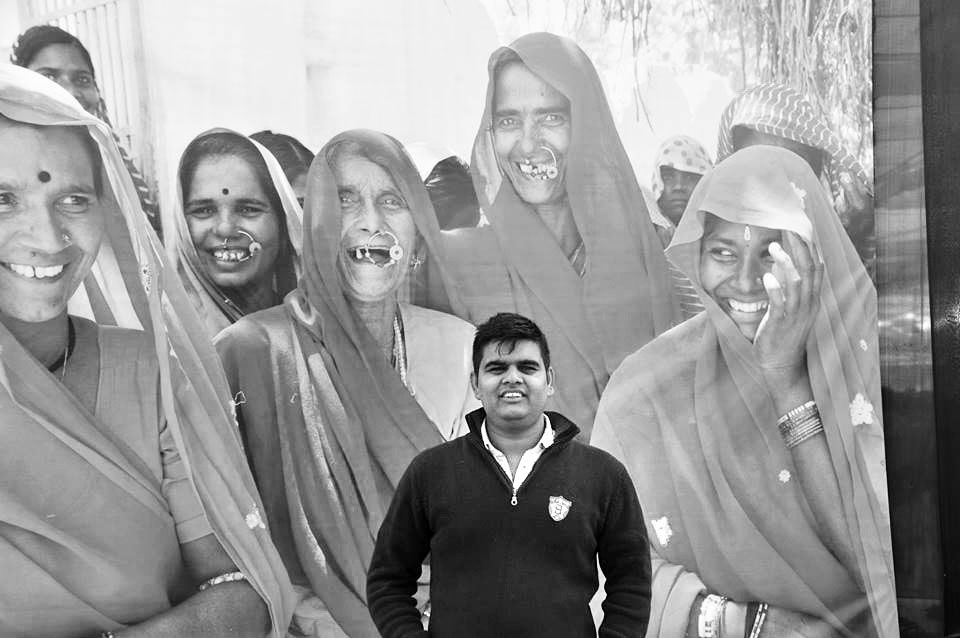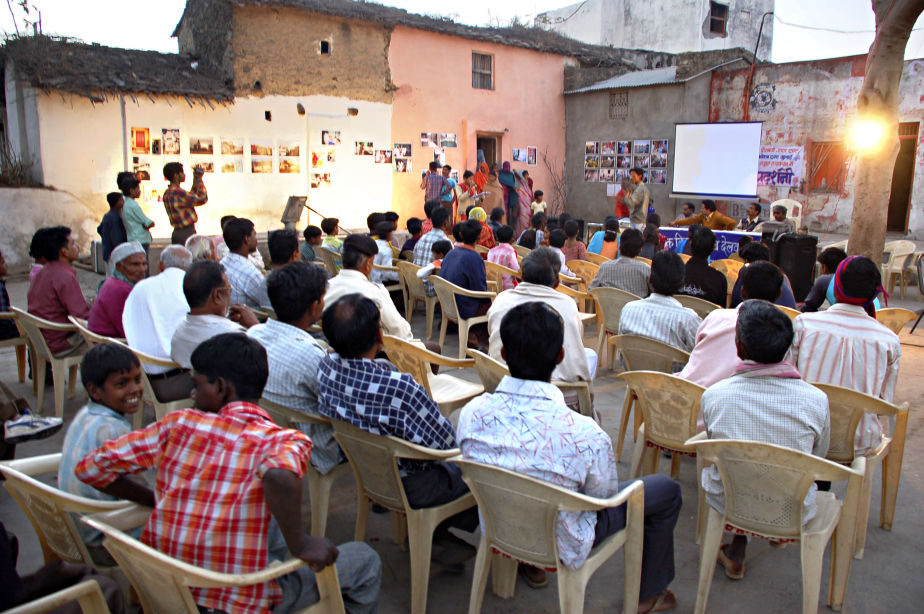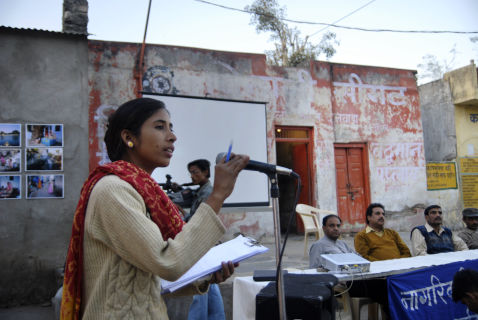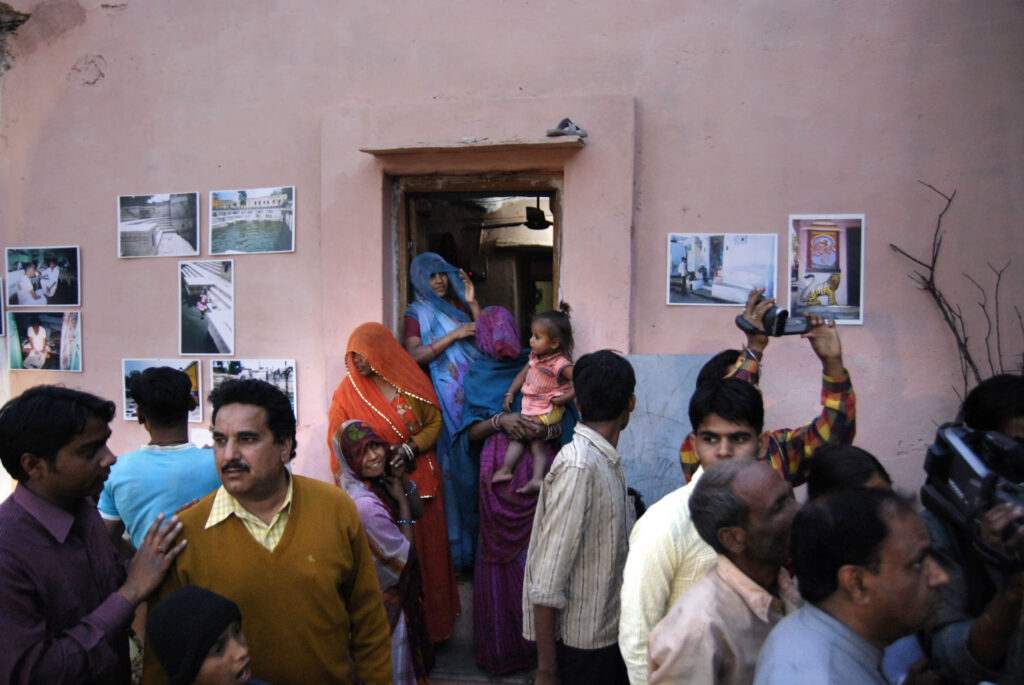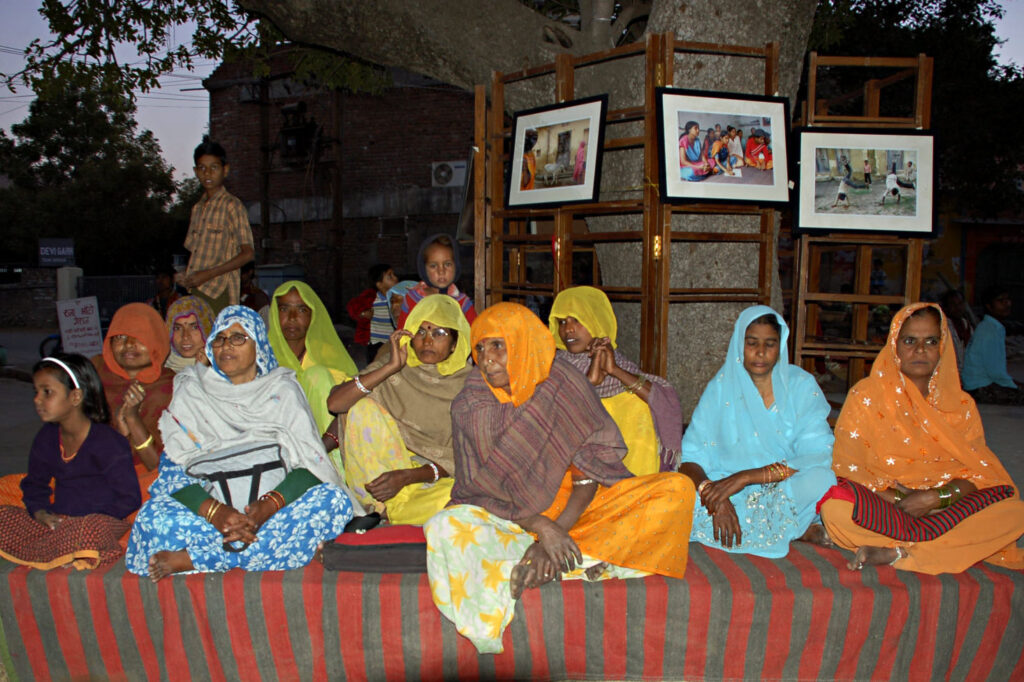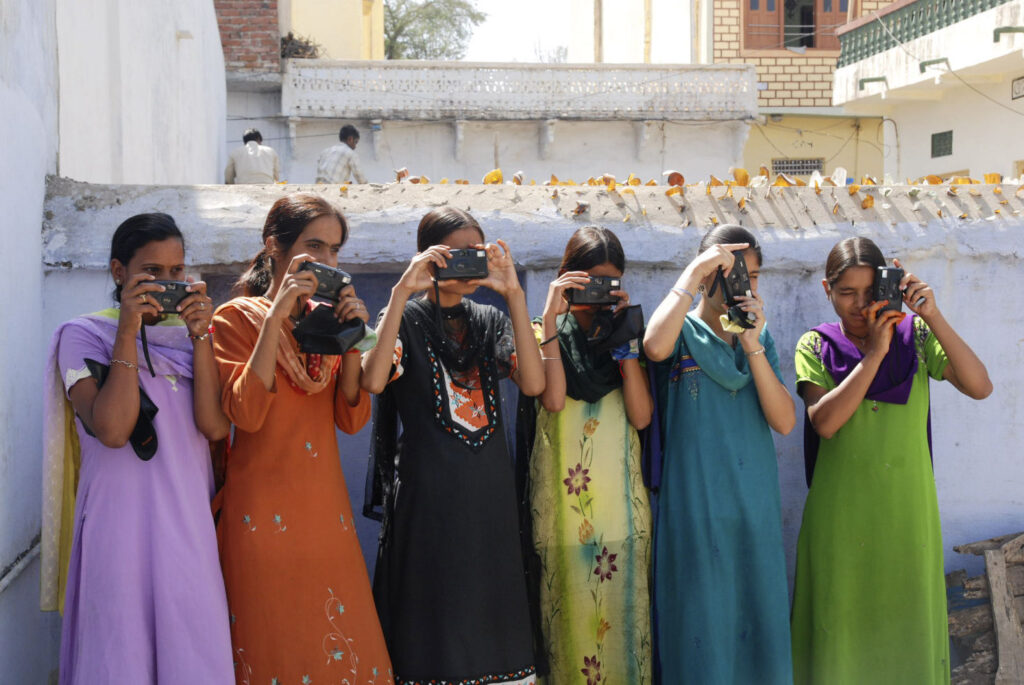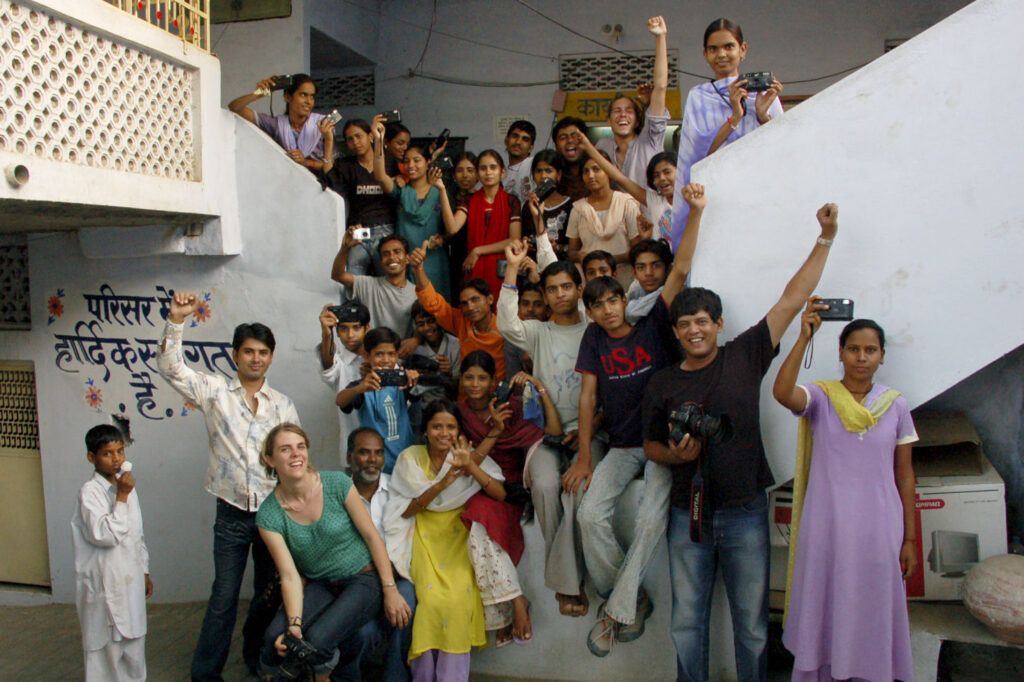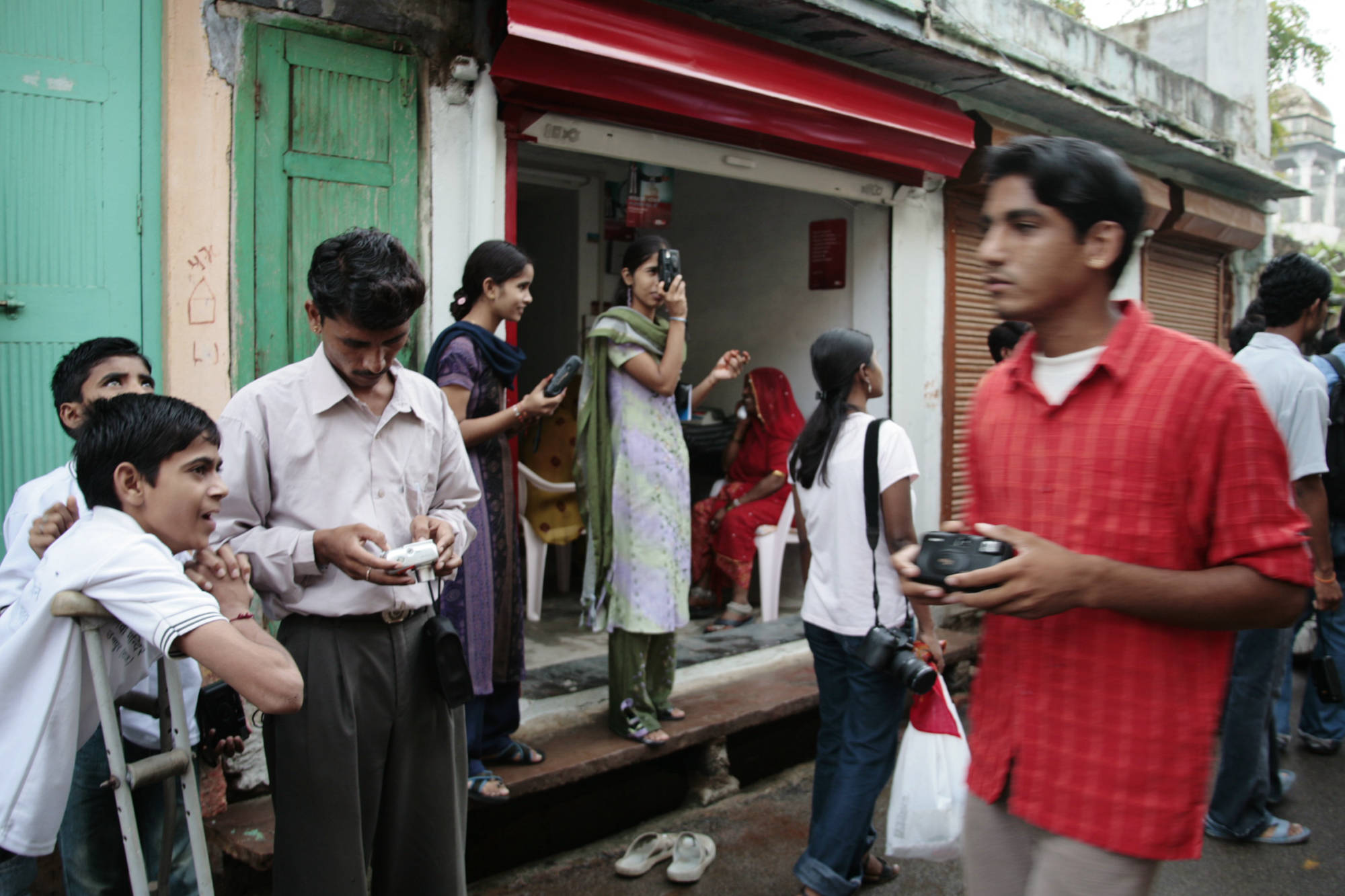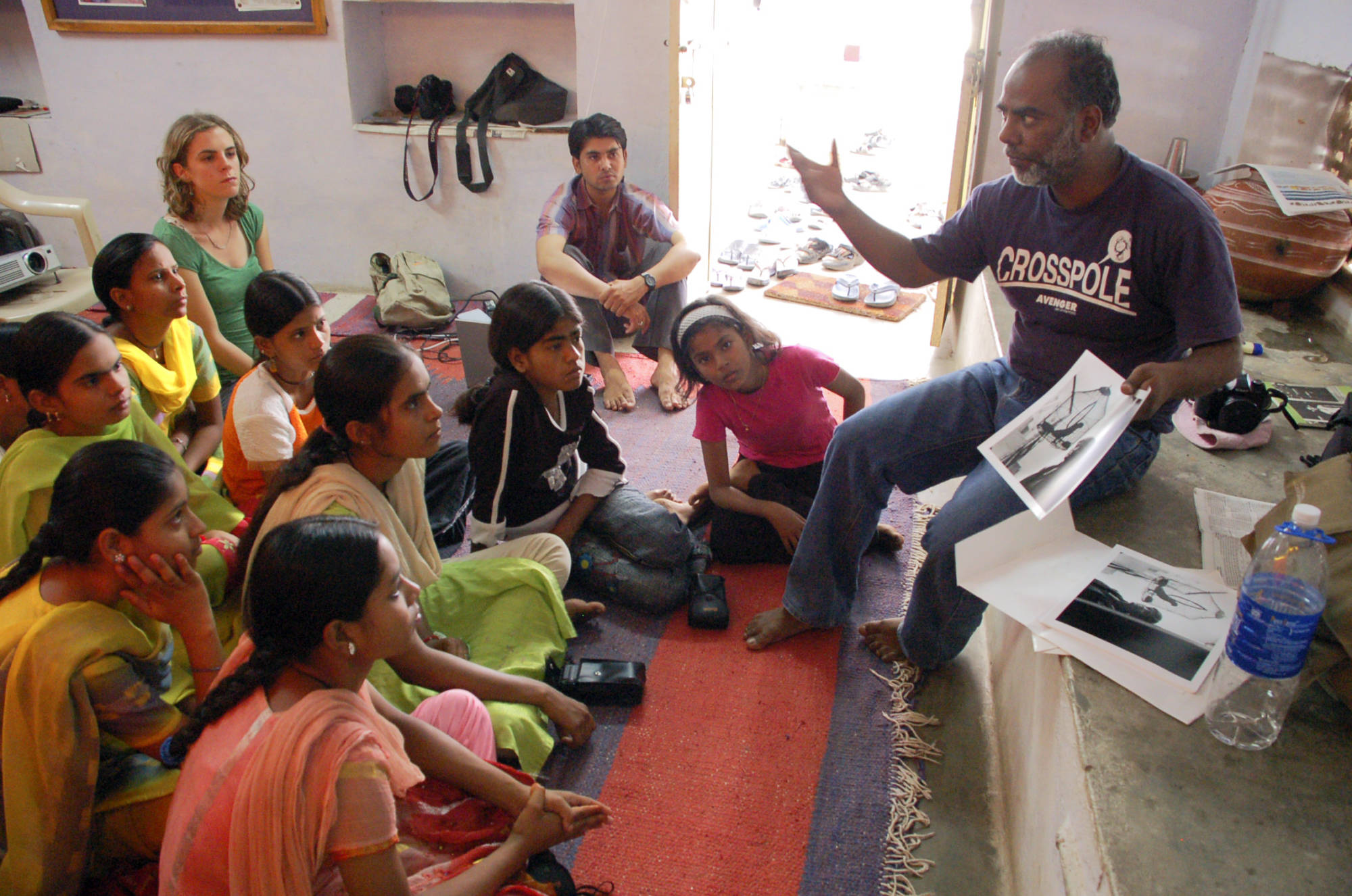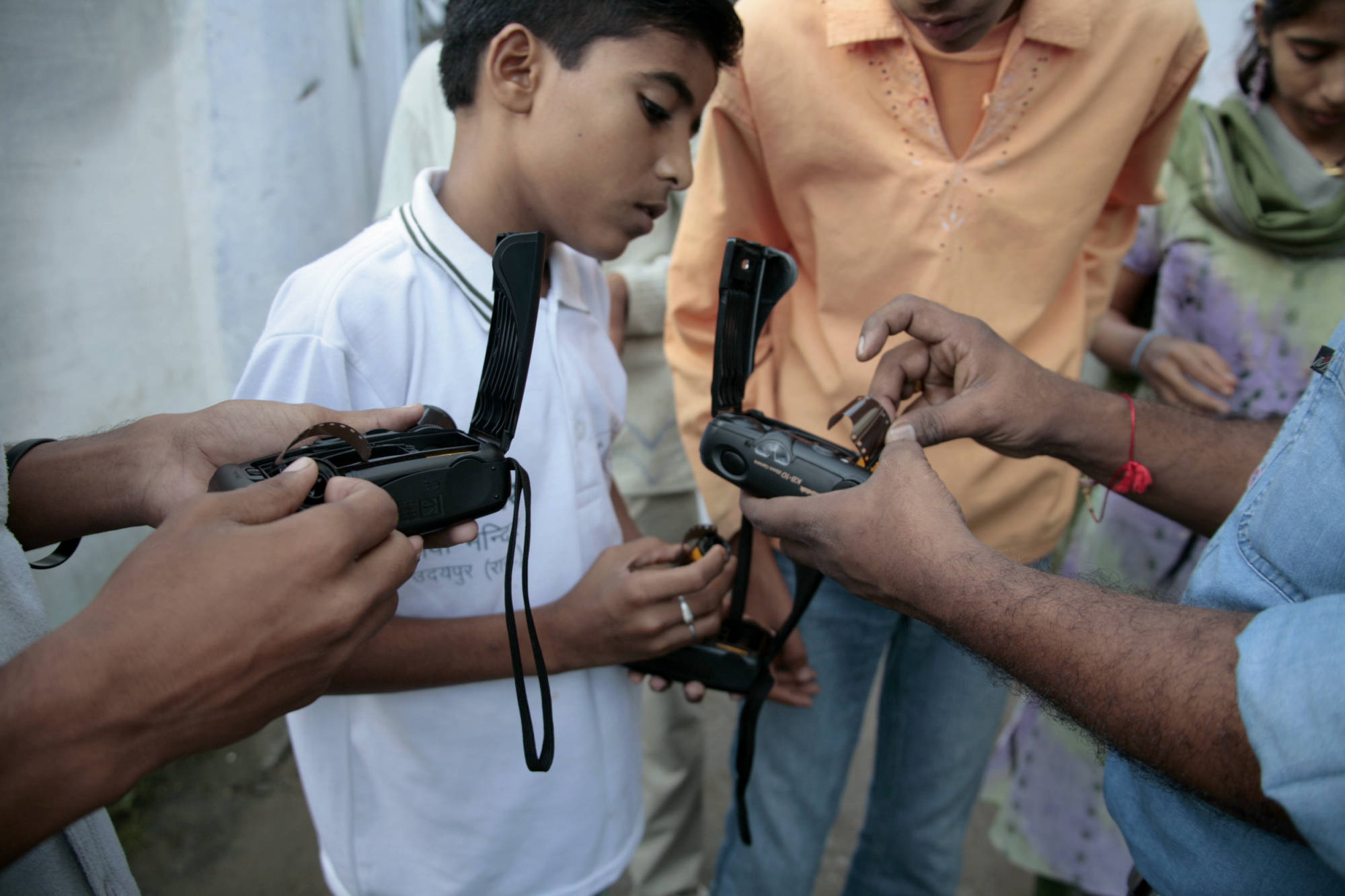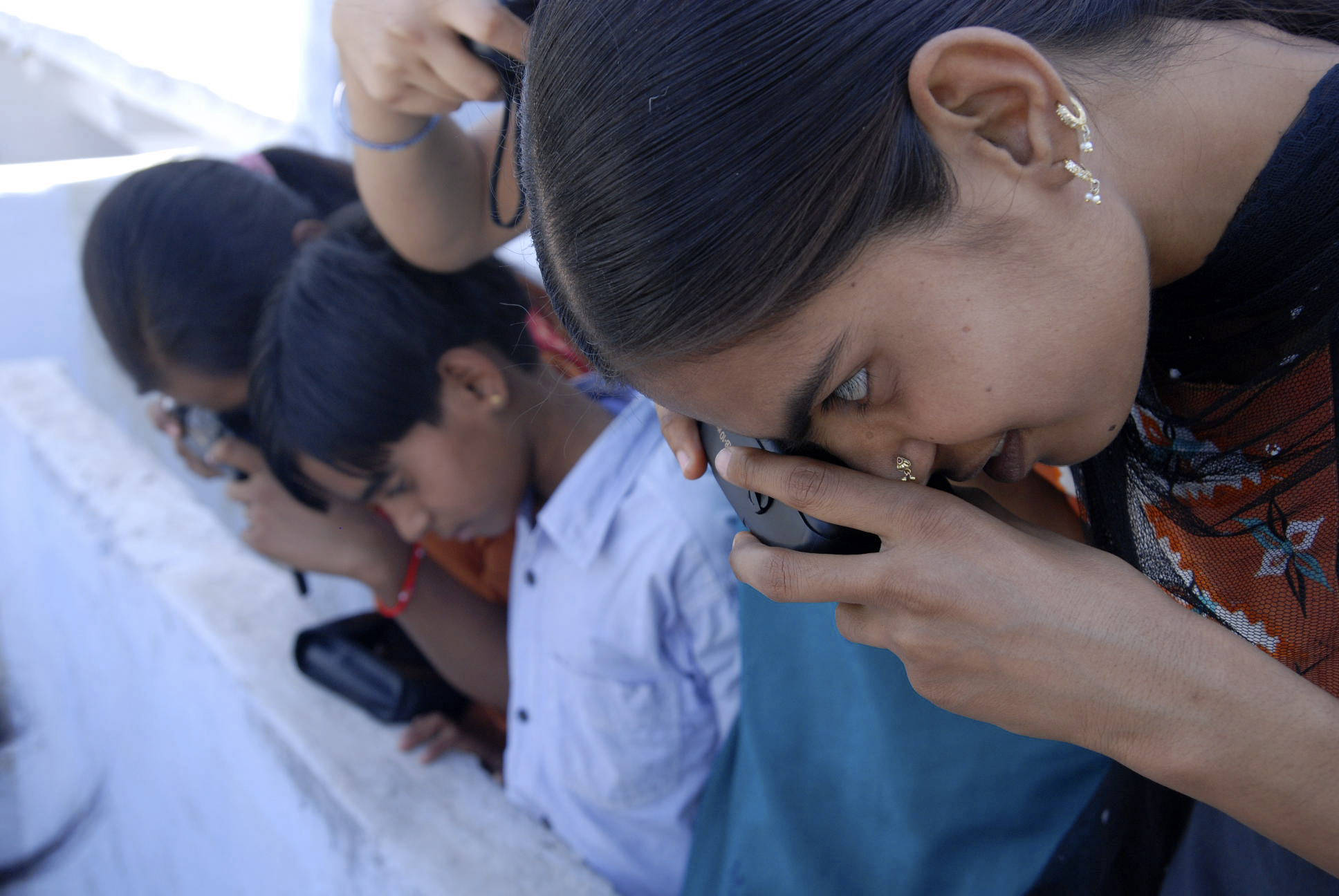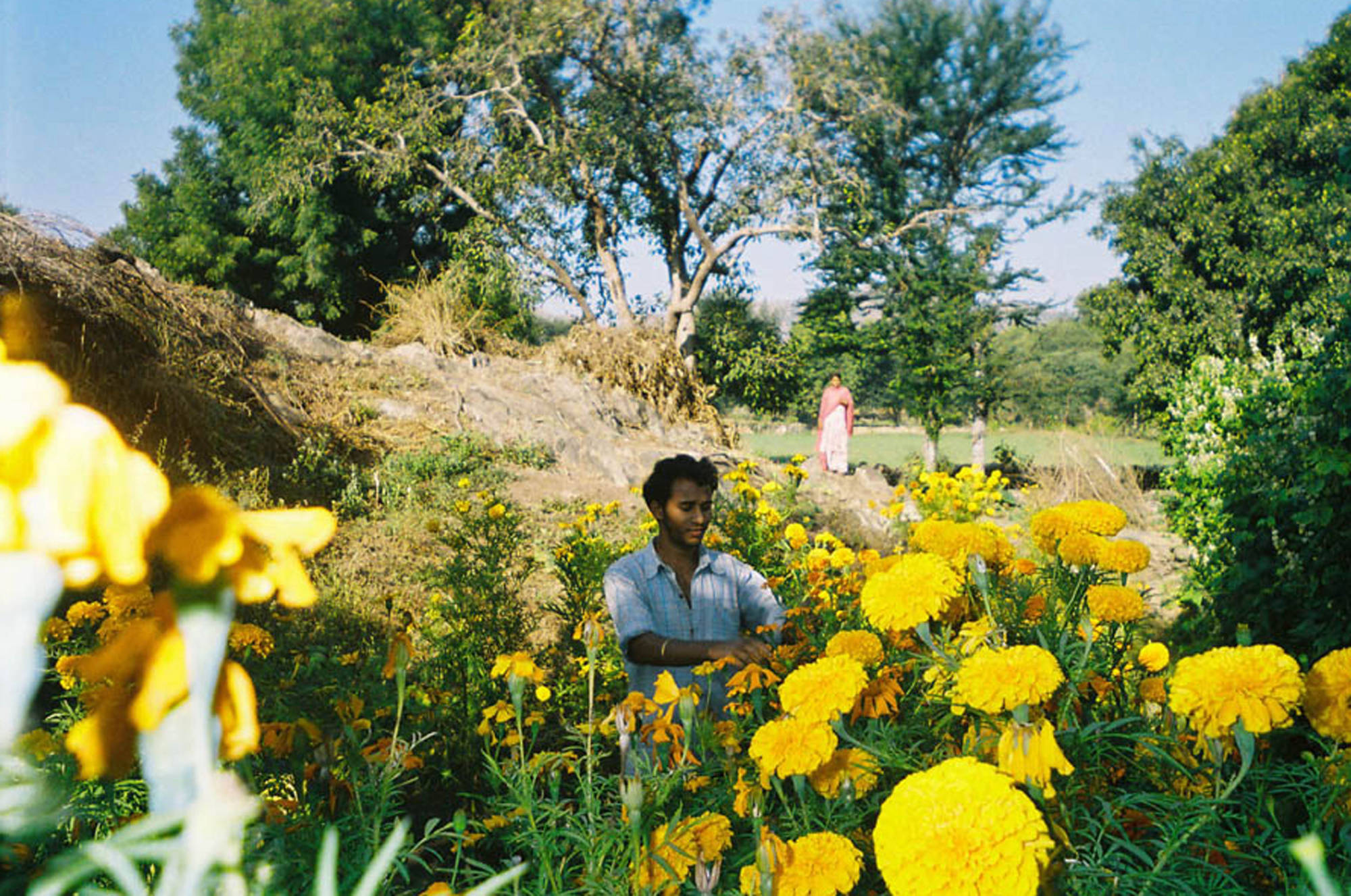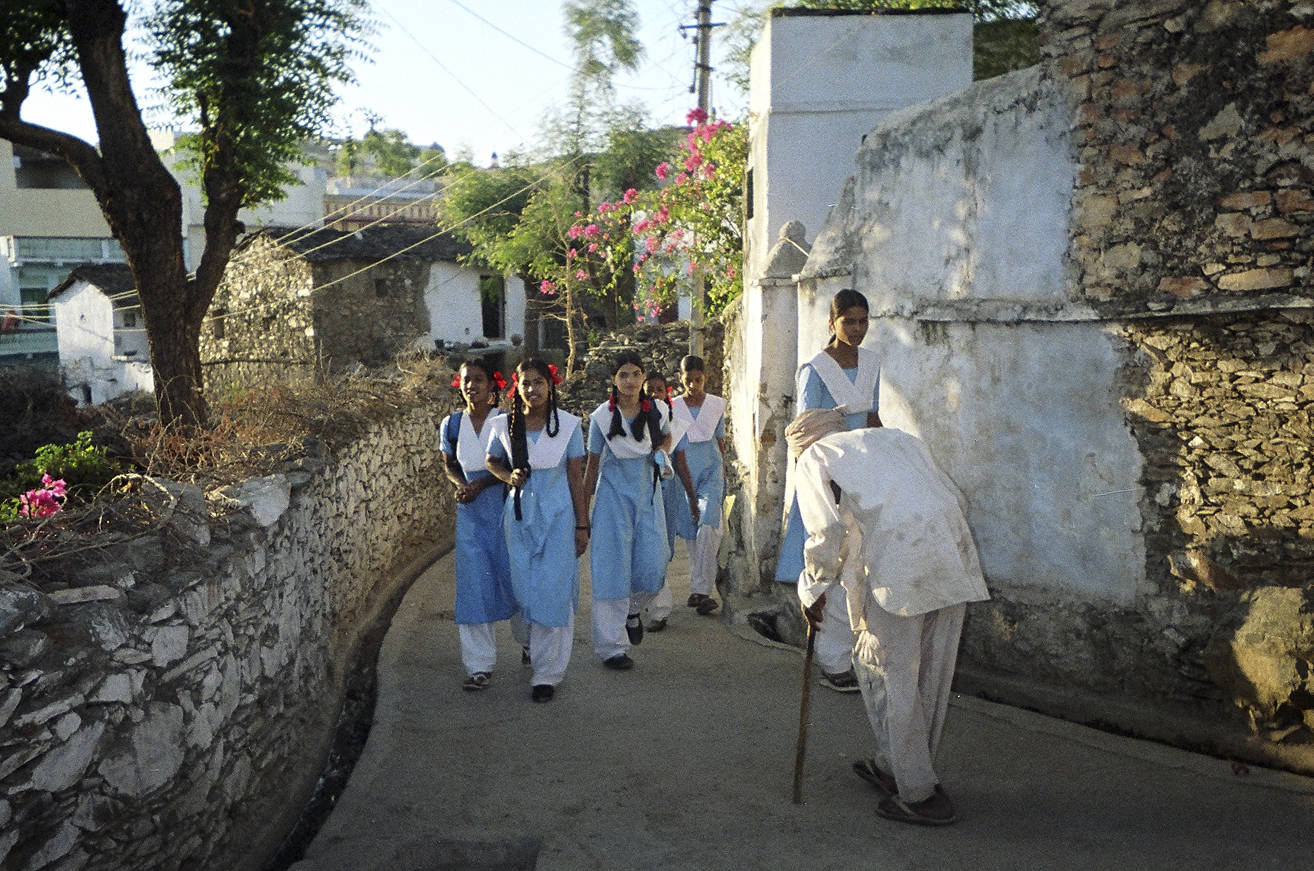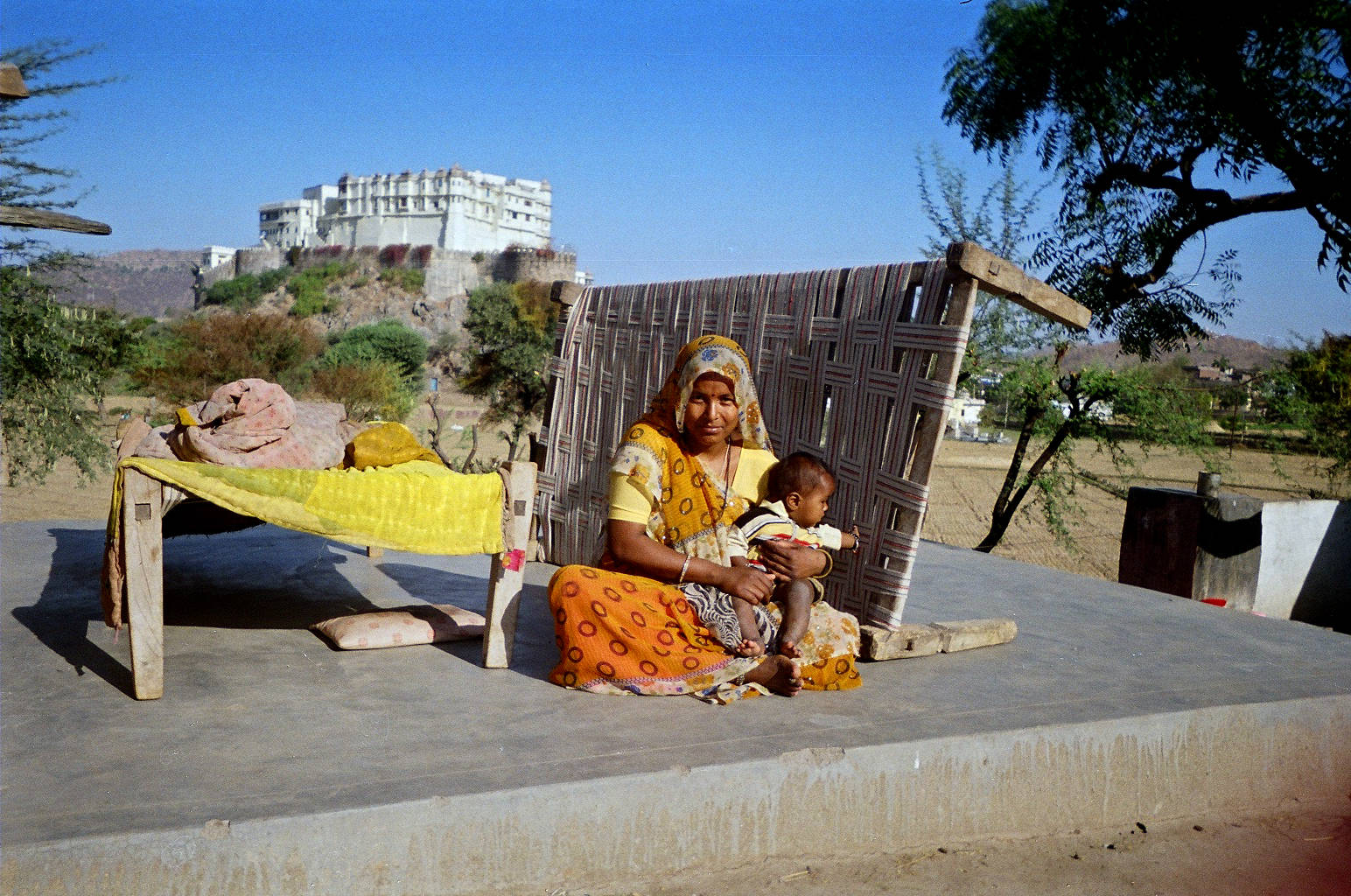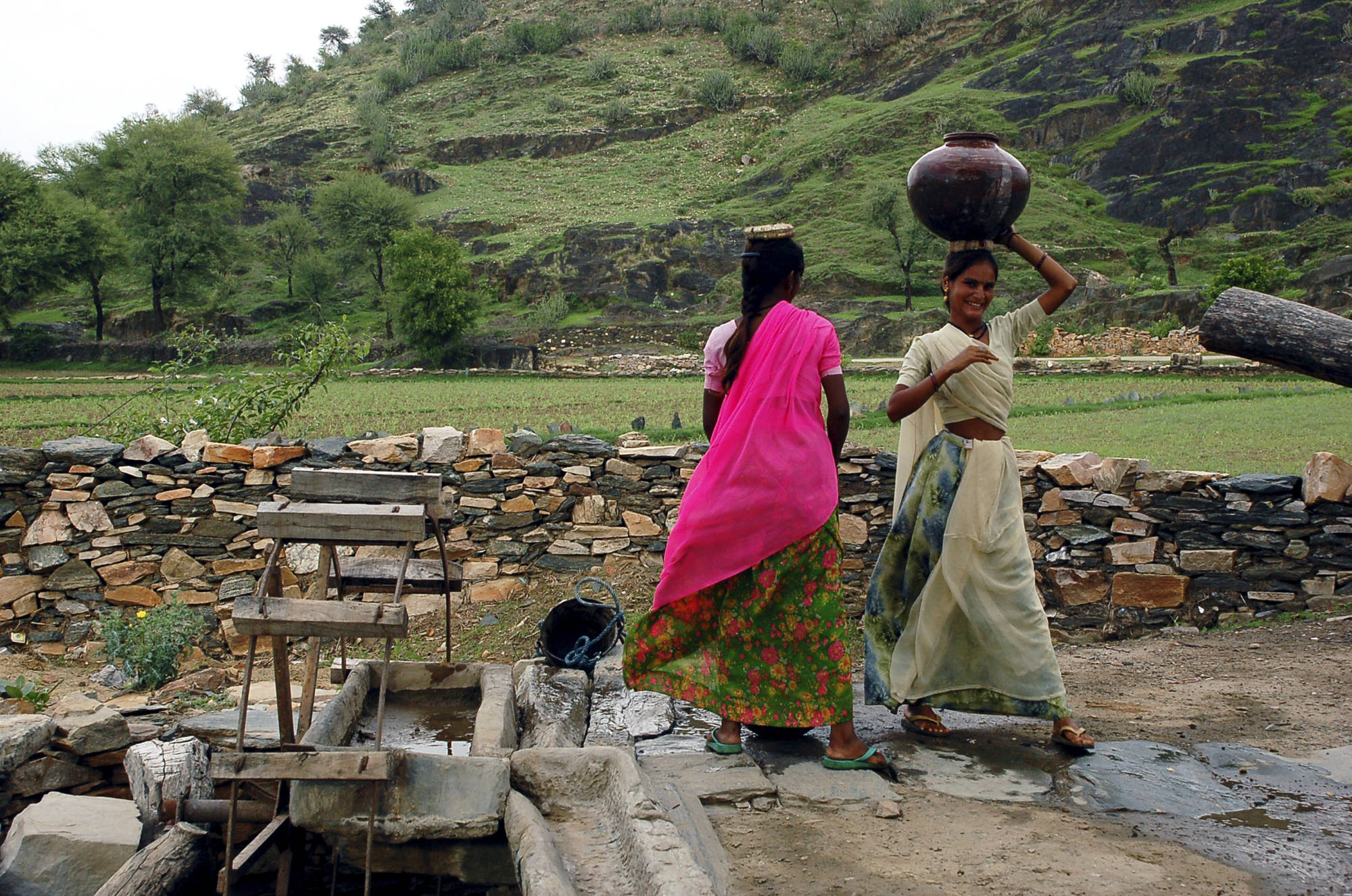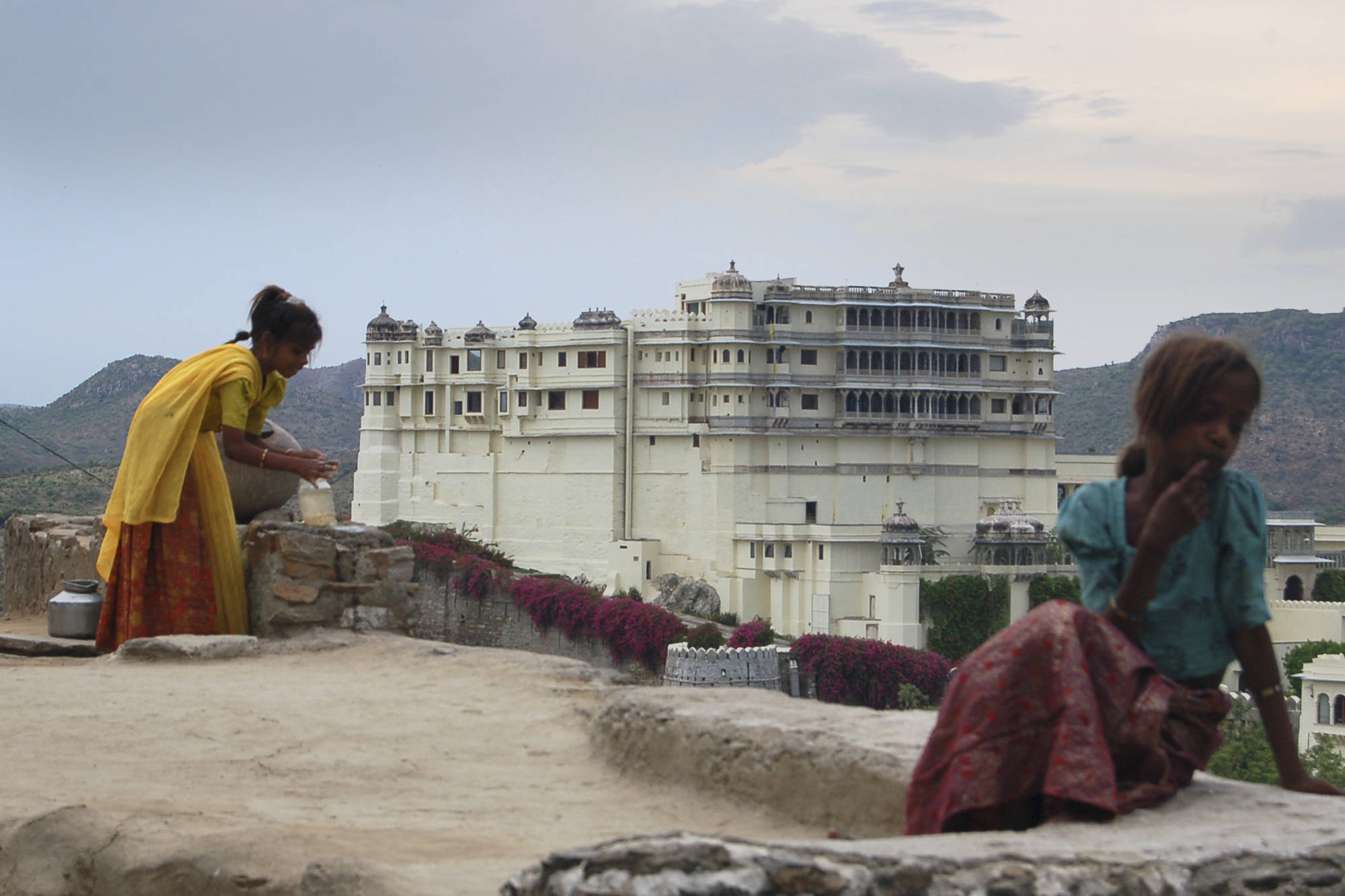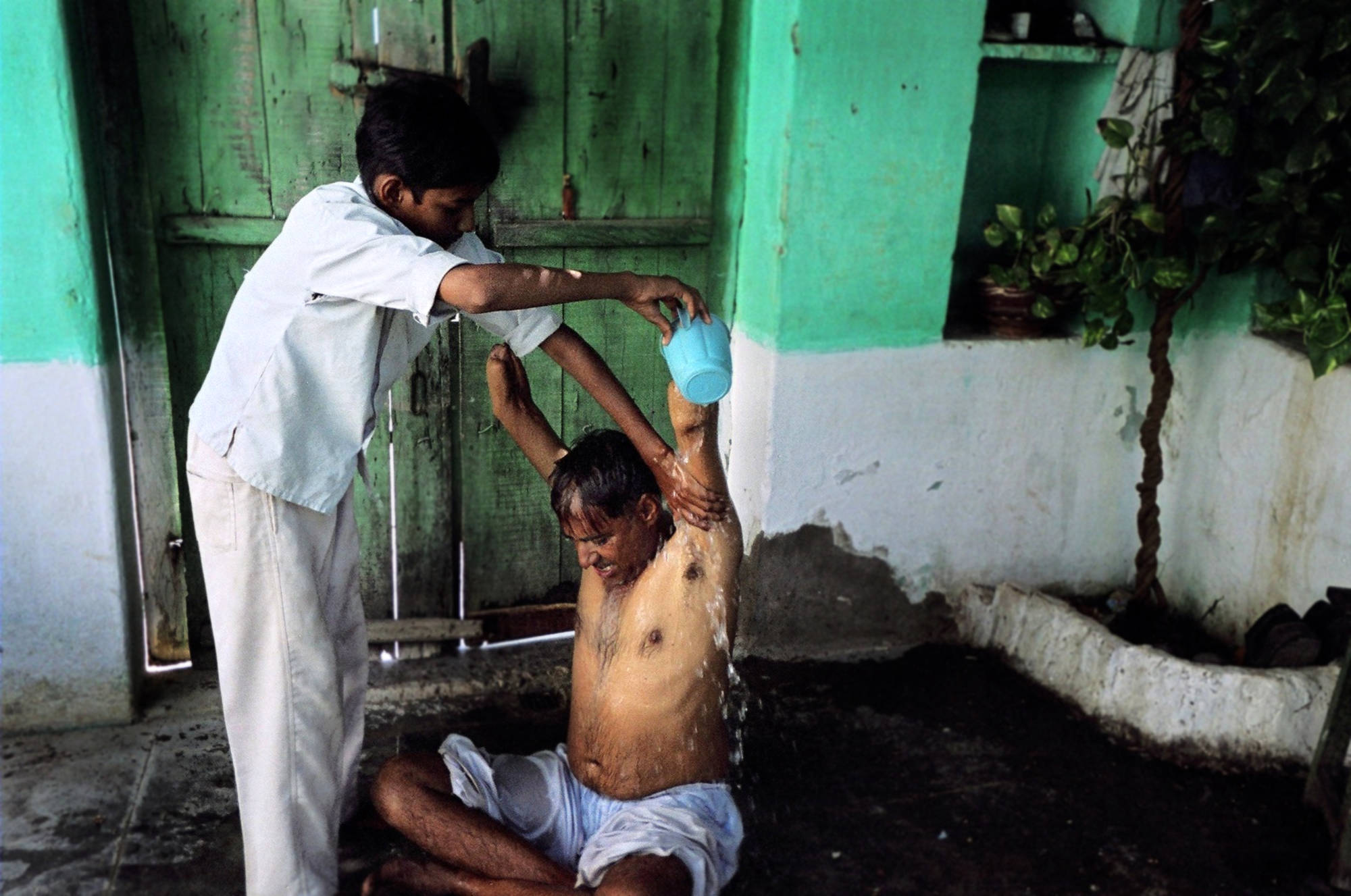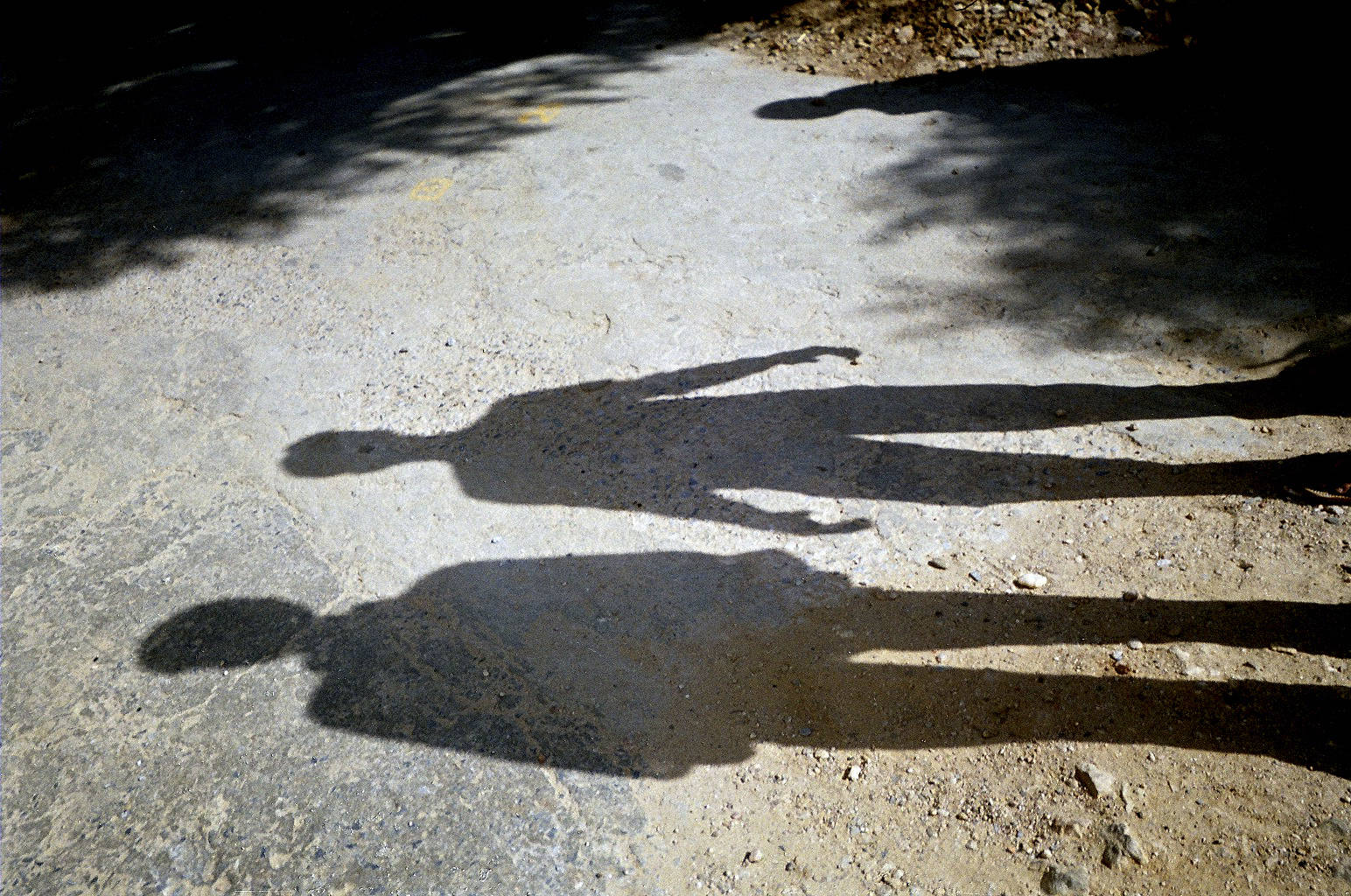The Delwara Project
village youth using photography. The Delwara Project is one of PPT’s most
successful and engaging outreach programs.
The Delwara Project
Engaging Rural Youth through Photography
Photography Workshops were intiated with the youth of the village to create an atmosphere of community learning and participation. Following were the objectives:
REFLECTION-
Organize photography workshops for young persons of Delwara to identify and look more deeply and reflect into their social and environmental surroundings.
LIVELIHOOD -
To help the youth learn photographic skills and facilitate them with the capability and aptitude to pursue journalism s a means of livelihood.
PUBLISH
To pursue partnership with the local and regional print media by publishing photographs captured by the participants.
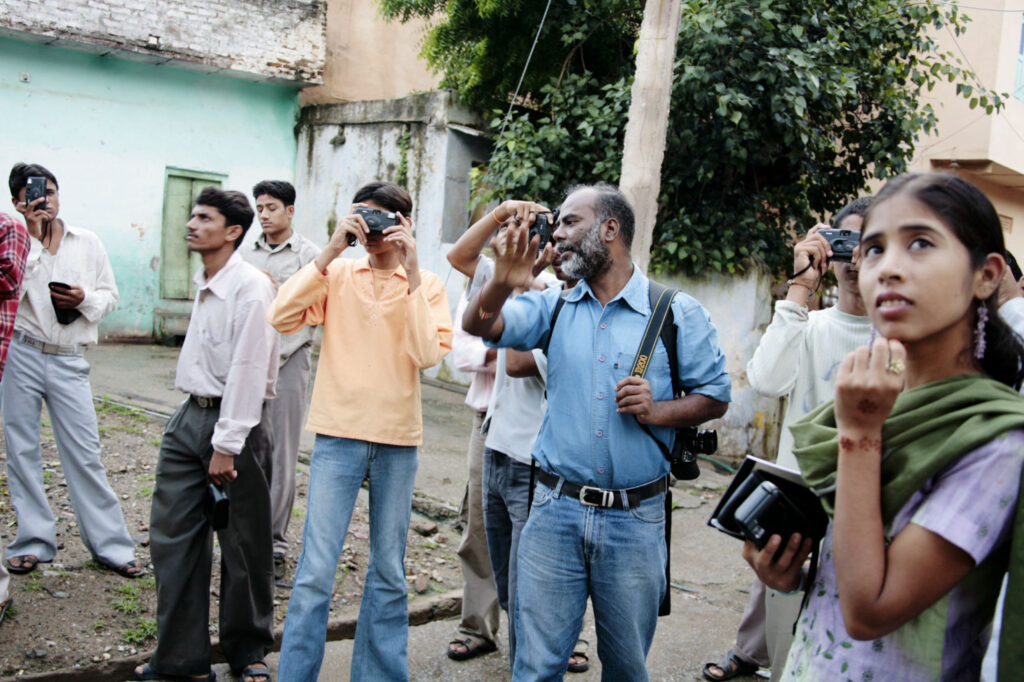
I was scared of being criticized by the community for taking photographs in public places. I also received lots of criticism. Through photography, I have started noticing, looking at my family more. My power of observation has increased. I overcame the fear of taking photo in public places. Initially I would go to the market to take photos but would leave without taking the photo. – Mamata, Workshop Participant
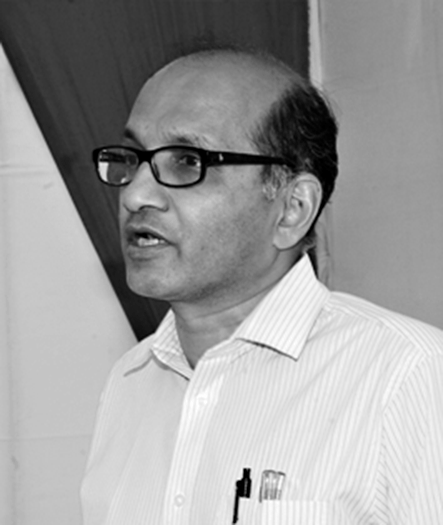
Ajay Singh Mehta
In a surprise that was not seen coming, the Photography Workshops which were meant to be a medium for community participation had also now turned into a potential opportunity for the youth to earn a living. Photography could also sustain their families if they took it up and also help them travel and experience the country. The workshops were now also intensive photography sessions with emphasis on technical knowldege and other aspects. Many of the participants from the workshop continued with photography as a mode of earning and have started business and some have also traveled to Mumbai to learn and work with Team PPT.
“Before the workshop I had an interest in photography but that workshop changed everything because that gave me exposer. After the workshop, sir gave me confidence and I came to Mumbai and worked with Time of India as freelancer.”
Pradeep Paliwal
